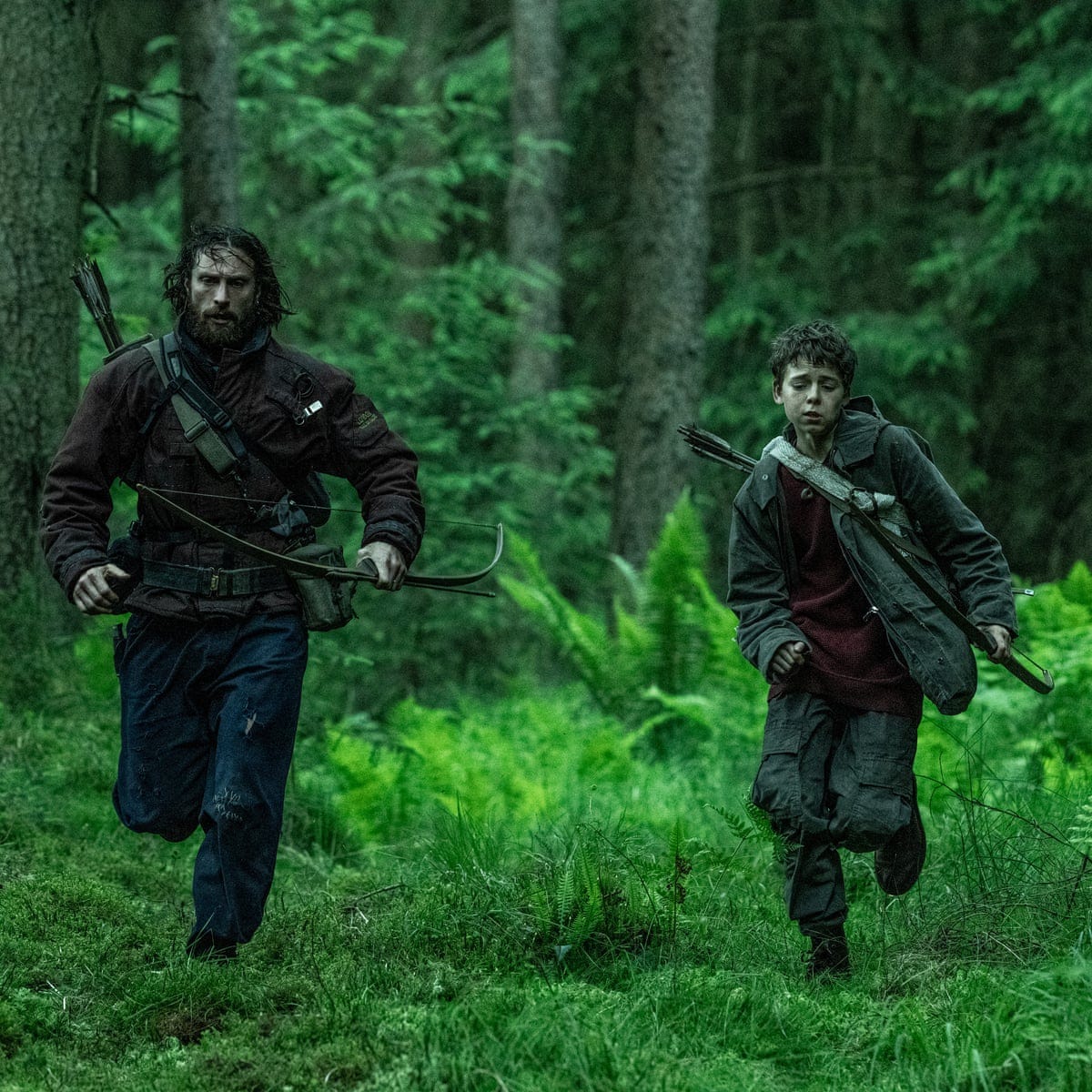The Wisdom of Zombie Flicks
In a world obsessed with safety, wisdom waits where the wild things are.

Apologies, good people of The Cure, for the delayed publication here.
Your humble Curemeister was on a brief summer vacation and did, indeed, fail to deliver the usual human grown, 100% organic piece of written opinion to your inboxes.
Sincerest apol…



